Technologies Shaping the Future of Databases
By Alex Carter on October 8, 2024
Database technology is changing to meet the increasing needs of modern software systems. As cloud-native programming, microservices, and AI-powered processes become more ubiquitous, companies are looking for solutions that provide better scalability, flexibility, and efficiency. NoSQL, graph, distributed, and autonomous databases are gaining wider adoption for their ability to manage large and varied datasets. The following information outlines key developments expected to shape how databases are used through 2025.
Adapting to Data Demands with Scalable NoSQL Technologies
As more applications need scalable and flexible solutions for handling massive volumes of data, NoSQL databases are predicted to be important until 2025. NoSQL systems may grow across several servers and are not dependent on predefined schemas as traditional relational databases are. They are therefore particularly helpful when working with unstructured and semi-structured material.
Several established solutions will continue to dominate the NoSQL space:
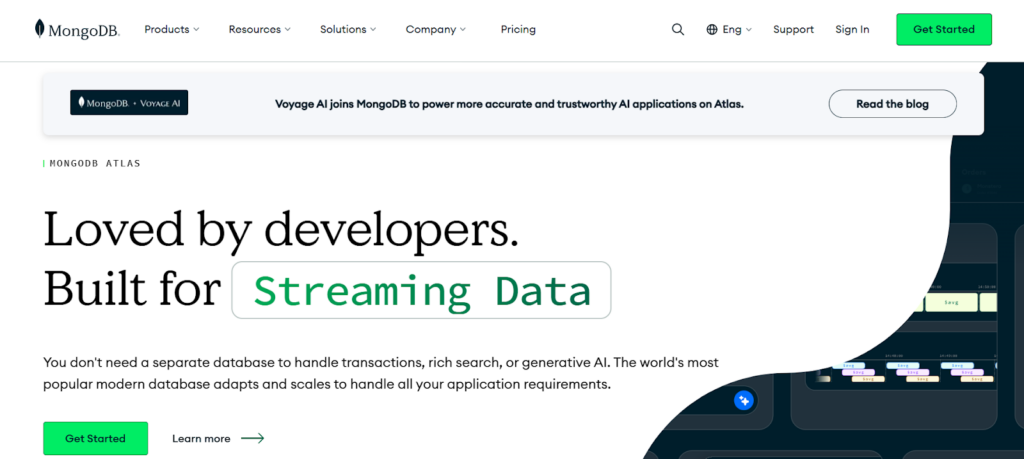
MongoDB: MongoDB uses a document-based model and is often used for content management, analytics, and handling unstructured data. Its flexible design and strong query support make it useful in healthcare, finance, and e-commerce.
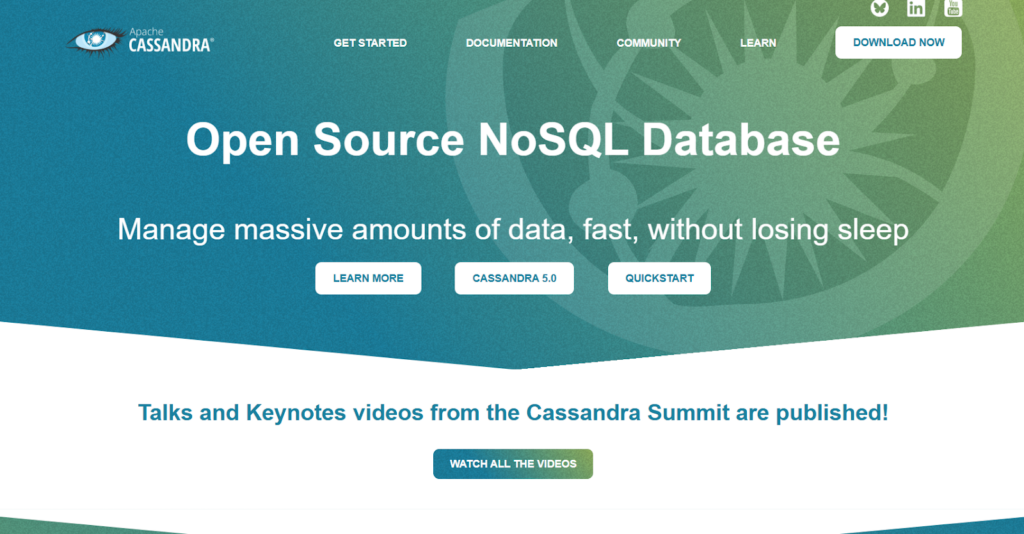
Cassandra: Apache Cassandra is built for applications that require high uptime and data handling across multiple locations. It scales horizontally and is commonly used in real-time systems like IoT, e-commerce, and social platforms.
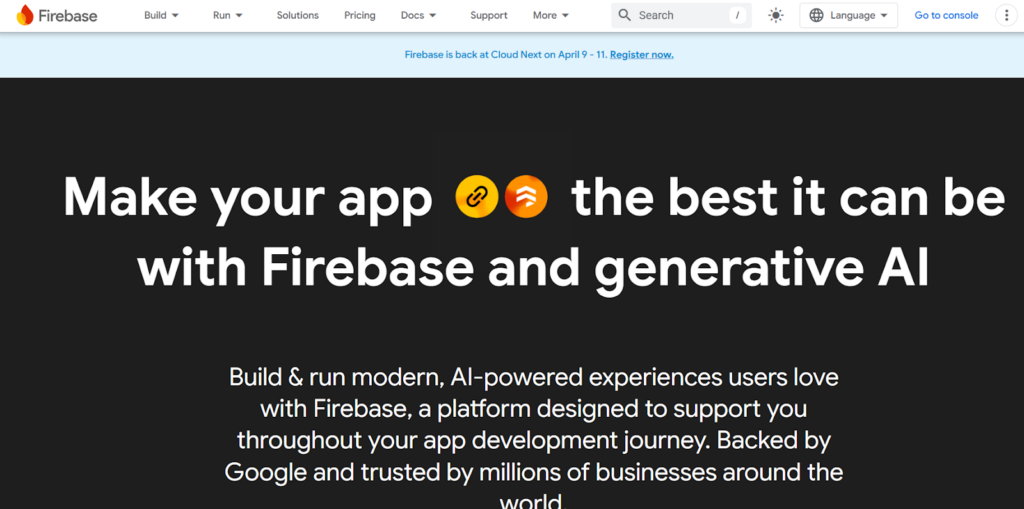
Firebase: Developed by Google, Firebase is designed for mobile and web apps that need real-time data updates. It works well for chat apps and collaboration tools, with easy integration into Google Cloud.
As data volume and complexity grow, NoSQL databases provide developers with the speed and flexibility they need to build responsive and scalable solutions. They are particularly beneficial when dealing with a wide range of data types that do not readily fit into traditional relational models.
While NoSQL databases provide flexibility for unstructured data, understanding how to manage and monitor traditional systems remains important, especially in cases where relational databases are still in use. Learn more about effective MySQL database monitoring to ensure performance and stability across mixed database architectures.
Graph Databases for Handling Connected Data Relationships
By 2025, graph databases are predicted to be the mainstream method for handling data with complicated interactions. These databases are especially built to record and query data point relationships, making them ideal for networked and linked data applications.
Two graph databases gaining widespread use include:
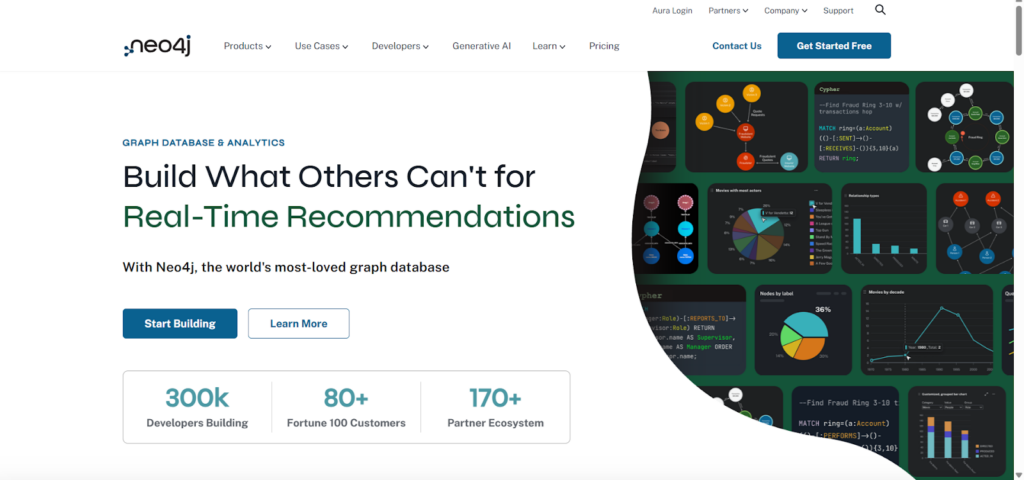
Neo4j: Neo4j is a widely used graph database suited for applications that rely on understanding data relationships, such as social networks, recommendations, fraud detection, and supply chains. It’s designed to model and query connections efficiently.
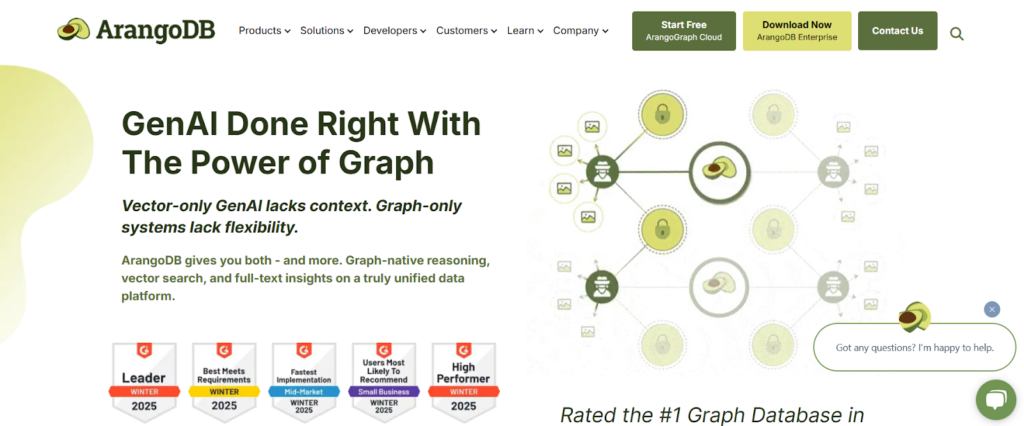
ArangoDB: ArangoDB supports graph, document, and key-value data models, making it useful for handling different data types in one system. It’s expected to see more use in projects that need both graph features and document storage.
As more industries work with interconnected datasets, the demand for graph databases will increase. In finance, they will support tasks like fraud detection and risk analysis. In healthcare, they will assist in managing patient information and treatment planning. Graph databases help analyze relationships efficiently, enabling faster and more informed decision-making.
Distributed Database Systems for Flexible Cloud Growth
The usage of distributed databases is increasing as cloud computing and microservices become more prevalent. These databases improve availability, fault tolerance, and scalability by working across several nodes. As applications grow more dispersed and run in several areas, distributed databases become increasingly important for ensuring consistent and dependable data access.
Key distributed databases expected to remain relevant in 2025 include:
- CockroachDB: CockroachDB is a distributed SQL database built for horizontal scaling while maintaining strong consistency and ACID compliance. It supports SQL-based workloads and is suited for applications that require high availability and consistent performance in cloud-based systems. Its design makes it a practical choice for global-scale systems;
- Google Spanner: Google Spanner is a distributed relational database built for global scalability and strong transactional guarantees. It remains a preferred solution for organizations that require consistent performance across regions, particularly in sectors like finance and e-commerce.
As cloud-native programming becomes the norm, distributed databases will be essential for growing data infrastructure across various sites. Their support for multi-cloud deployment and ability to handle growing workloads will drive continued adoption across various industries.
Databases in Microservices and Cloud-Native Systems
As more firms use microservices architectures, decentralized databases become increasingly important. Microservices rely on databases that can run separately while maintaining data integrity. NoSQL, graph, and distributed databases provide the scale and flexibility required for decentralized data management.
By 2025, major enterprises will be using designs like data mesh and event-driven architecture. Databases that are tuned for these models will be required. Developers will require technologies that enable data decentralization while preserving performance and consistency.
Databases will be a key part of application development in 2025. As the world moves toward cloud-native and microservices-based systems, the requirement for trustworthy, scalable, and adaptable database solutions will grow. Selecting the appropriate database technology will be a critical step in creating efficient and responsive apps.
AI and Databases Reshape Efficiency in 2025
Autonomous databases are transforming the way firms function by automating regular processes, freeing up time for innovation and strategic planning. Supermetrics, a portfolio company that provides a Data Warehousing Platform meant to simplify marketing data integration across numerous channels, is an excellent example. Businesses that eliminate human labor may be able to collect more unified data, make better judgments, and allocate resources more efficiently.
At the same time, platforms such as Databricks leverage AI-powered data lakehouse technologies to provide real-time analytics. Retailers, for example, can watch purchase behavior in real time and alter suggestions or stocking strategies to improve efficiency and income. This real-time responsiveness is changing the way firms function and compete in 2025.
Enterprise AGI Platforms Transform Data Utilization with Security and Scale
In 2025, the need for safe AI solutions will surge as businesses seek to make full use of their data while adhering to tight privacy and regulatory standards. Managing innovation alongside data protection is now a key priority for organizations implementing advanced AI technologies.
MindsDB is among the first AGI platforms designed specifically for enterprise use. It enables businesses to deploy large language models (LLMs) and AI agents directly on their internal data while ensuring security and regulatory compliance. The Minds Platform is built to process vast amounts of data at high speed, giving companies the ability to extract actionable insights from distributed datasets without compromising data integrity or trust.
AI is changing how databases are managed, with systems like autonomous databases, real-time analytics, hybrid models, and graph databases helping address more complex data problems. As more companies adopt AI-based systems, those still using older technology may need to update their approach. AI is making data management faster, more accurate, and more effective in everyday business operations.
Conclusion
By 2025, database technologies are advancing to support real-time data access, large-scale systems, and higher performance needs. NoSQL, graph, distributed, and autonomous databases are being adopted based on specific technical requirements. As cloud development and AI become more common, companies are selecting databases that improve speed, reduce manual work, and meet strict rules for data use. Choosing the right database will remain important for building systems that work reliably and handle growing data demands.
Posted in blog, Web Applications
Alex Carter
Alex Carter is a cybersecurity enthusiast and tech writer with a passion for online privacy, website performance, and digital security. With years of experience in web monitoring and threat prevention, Alex simplifies complex topics to help businesses and developers safeguard their online presence. When not exploring the latest in cybersecurity, Alex enjoys testing new tech tools and sharing insights on best practices for a secure web.
